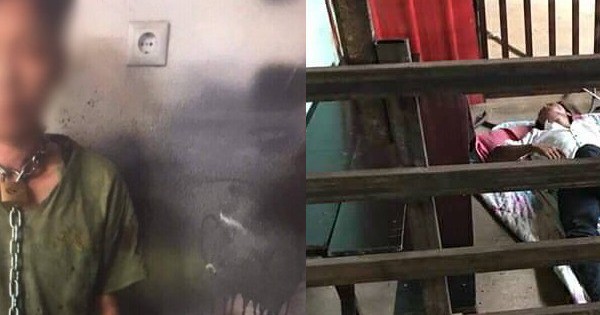
WEIGHT: 49 kg
Bust: SUPER
1 HOUR:80$
Overnight: +30$
Services: Golden shower (in), Striptease, Watersports (Giving), Sex anal, Striptease
Prostitution in Hawaii is illegal [1] but common. Under Hawaii Revised Statutes section , both the buying and selling of sex are illegal, and also related activities such as soliciting , promoting prostitution and allowing premises to be used for prostitution, are prohibited. It was legal for Law Enforcement Officers to have sex with prostitutes if they were 'collecting evidence' of prostitution. A new law in outlawed this practice. In May , a dozen Honolulu sex-workers were arrested during raids on massage parlours.
Rather than being charged with prostitution they were charged with sexual assault , which carries far heavier penalties. When they were offering sex they touched the undercover officers genitals. Bill Johnson of the National Association of Police Organisations said the change of Honolulu Police's tactics could be a way of adapting to prostitutes becoming aware of how undercover officers make arrests.

A Bill was put before Hawaii's state government in January , with the intent of decriminalising prostitution. On the second reading it was referred to the "House Committee on Judiciary" for further investigation and the case was adjourned sine die. Prior to European contact, there was no prostitution on the islands. Polygamy was common and there was no need for prostitutes. Once European sailors started to come to the island and offered money or goods for sex to the native women, prostitution started.
A law was passed in that prohibited "illicit connections," including prostitution. This was soon followed by a "Law Respecting Lewdness". It required registration and periodic medical examinations for prostitutes. By the s, Iwilei had become a closed stockade, its 5 entrances controlled by police. Inside there were brightly coloured houses where the prostitutes worked. In there were 26 Hawaiian, 5 half-caste, 8 French , 2 British , 1 American and Japanese prostitutes registered.

The "bawdy houses" soon set up in Chinatown. An era of unofficial regulation followed, which was endorsed by the US military. There were struggles between the police and military, neither wanting to be seen as being in charge of the red-light district. The strike lasted 22 days. The best-known prostitute of the period was Jean O'Hara. She is credited with inventing the "bull pen" system where a single prostitute would work three rooms in rotation: In one room a man would be undressing, in a second room the prostitute would be having sex, and in the third room the man would be dressing.



































